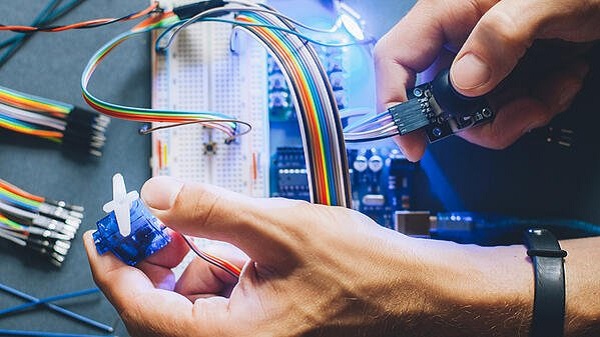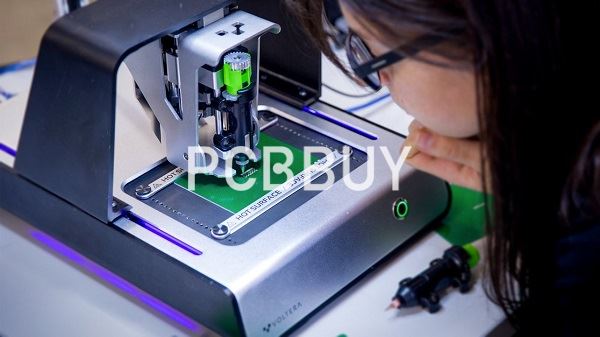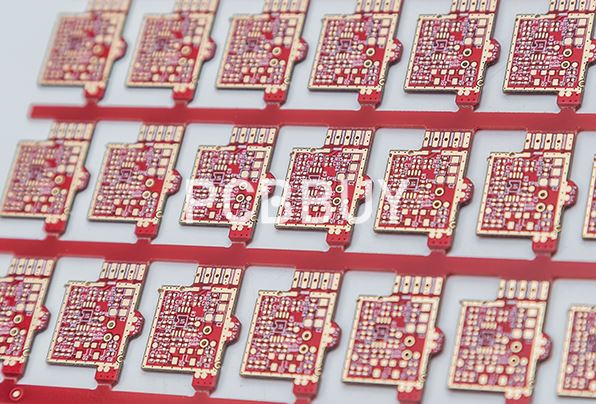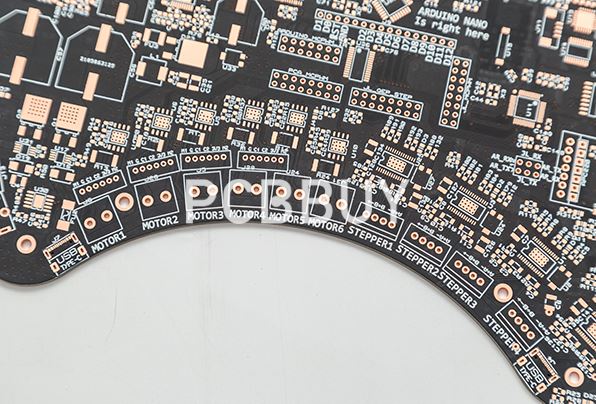PCB Q&A: How to Prototype PCB with Professional Suggestion?
By:PCBBUY 09/15/2021 09:53

We need to start making PCB prototypes, but what is the true meaning of prototypes? There are many questions you may ask to know the methods of PCB prototyping. When should the prototype design begin? What is the best way to prototype your idea? As a PCB maker, how do we provide PCB prototyping?
In this passage, we will solve all the problems of the PCB prototyping. If you are curious about it, please check and read the content below we prepare for more professional knowledge. Let’s go for the common Q&A!

What are the common questions of PCB prototyping?
How to improve the product you want to create?
Prototyping is one of the sure ways to increase the quality of the product you want to create. Use your PCB prototype to check for your PCB-based product's functionality before proceeding to large-scale manufacturing of the product.
It permits you to detect fault early during the development process and before you are invested an excessive amount of time and money into a flawed design. Quality PCB prototypes provide an explicit illustration of how your final product will perform. This way, you can assess if the product will meet your needs or not.
What are the certifications that the prototype PCB manufacturer has?
It’s good to take a PCB manufacturer’s pricing into account. After all, you are a business owner and you want to be sure that you are getting the best deal possible for the sake of your budget. However, don’t allow discounted prices to cloud your judgment when it comes to choosing the PCB manufacturer for you.
Instead of focusing on the price of the manufacturer’s services, make certain that the certifications that the manufacturer has correspond with your business’ needs and that the manufacturer complies with all industry standards.
Finding the best PCB manufacturer for your business’ needs doesn’t have to be challenging. If you keep these questions in mind while searching for the best PCB manufacturer for you, you can be sure to find efficient and effective services that will benefit your company in the long run.

How to select PCB core material?
The core or substrate of your PCB is the non-conductive base and provides strength to the entire board. You can use different types of materials for your PCB with their advantages and disadvantages. You should choose your material based on the result you need, application, environmental and other factors applicable to the PCB.
The material used for the core determines the performance and level of integration of the PCB. The material should be durable enough and provide regular performance. It would help if you also considered other thermal, electrical and physical factors such as flexibility, temperature resistance, dielectric constant, tensile strength, dielectric strength, adhesion, and so on.
Here are the most commonly used materials for a PCB:
FR-4
It is by far the most common material used for cores of PCBs. The epoxy laminate sheet is reinforced with glass to provide extra strength.
PTFE (Teflon)
PTFE is ideal for high-frequency and high-speed applications as the plastic material offer no resistance. You can also use it for equipment with tight tolerances because of its flexibility.
Metal
Some applications require the use of metals such as iron, aluminum, and copper. The material is ideal for Surface Mount Technology (SMT) and comes with mechanical durability.
How Can You ensure proper functionality of PCB?
Many tests need to be carried out to ensure the functionality of the PCB. The significant tests are isolation and circuit continuity tests and determine the quality of the manufacturing process.

The circuit continuity test looks for any disconnection in the circuit, while the isolation test is done to determine any shorts. You can also perform other tests like the “bed of nails” test by attaching springs to the test points. Then 200g of pressure is applied to them to test the durability of the test points.
What kind of testing do you do before shipment?
It’s important that your PCB manufacturer is committed to “doing it right the first time.” That means that they will test all products 100% before shipping them to you. If they don’t, you can end up with sub-par product quality and that is going to hurt your own productivity and efficiency. By choosing a manufacturer that is 100% committed to quality, you will always know what you’re getting before you receive it.
Industry Category











